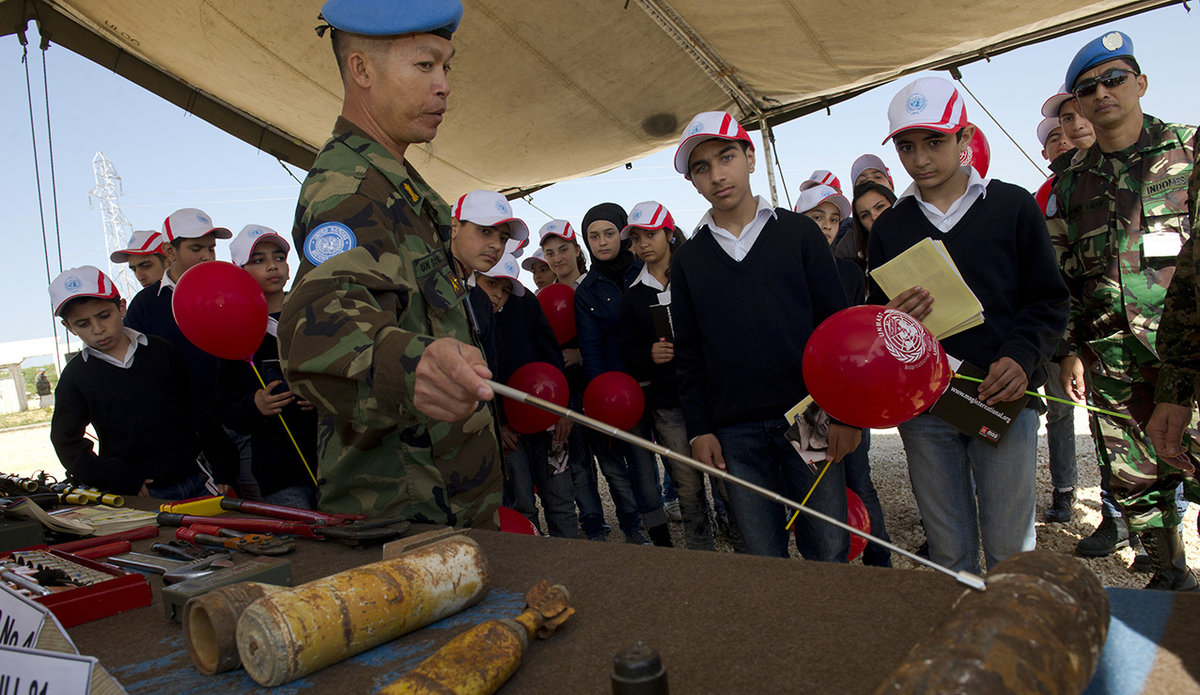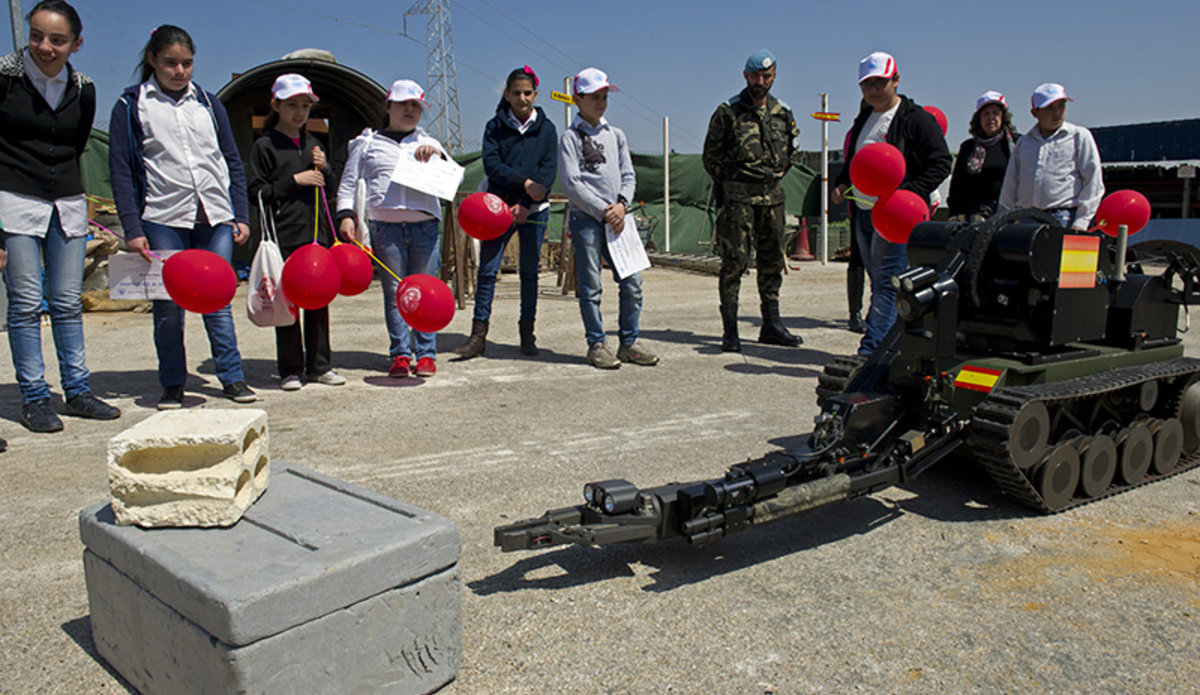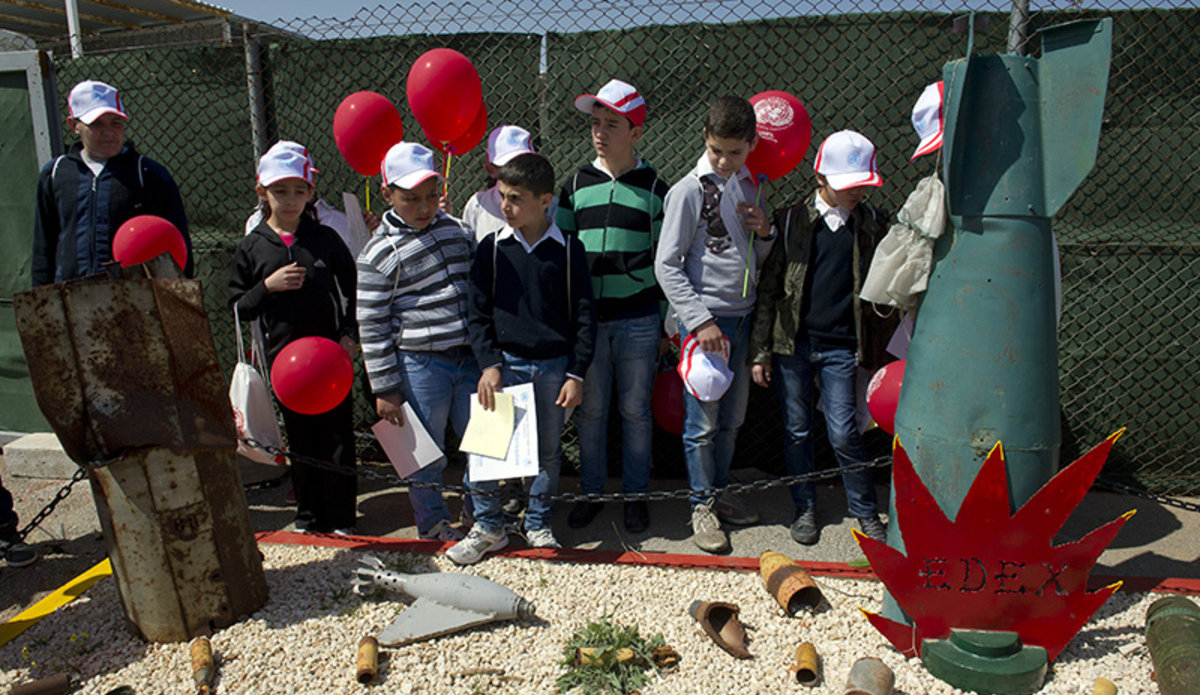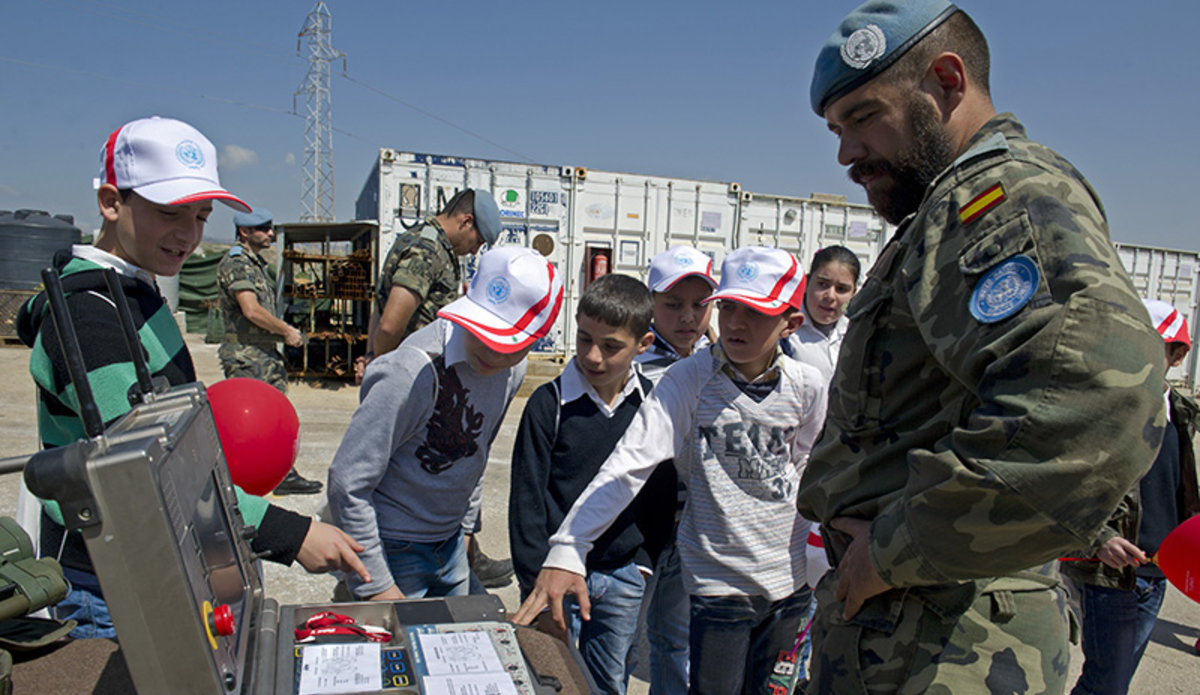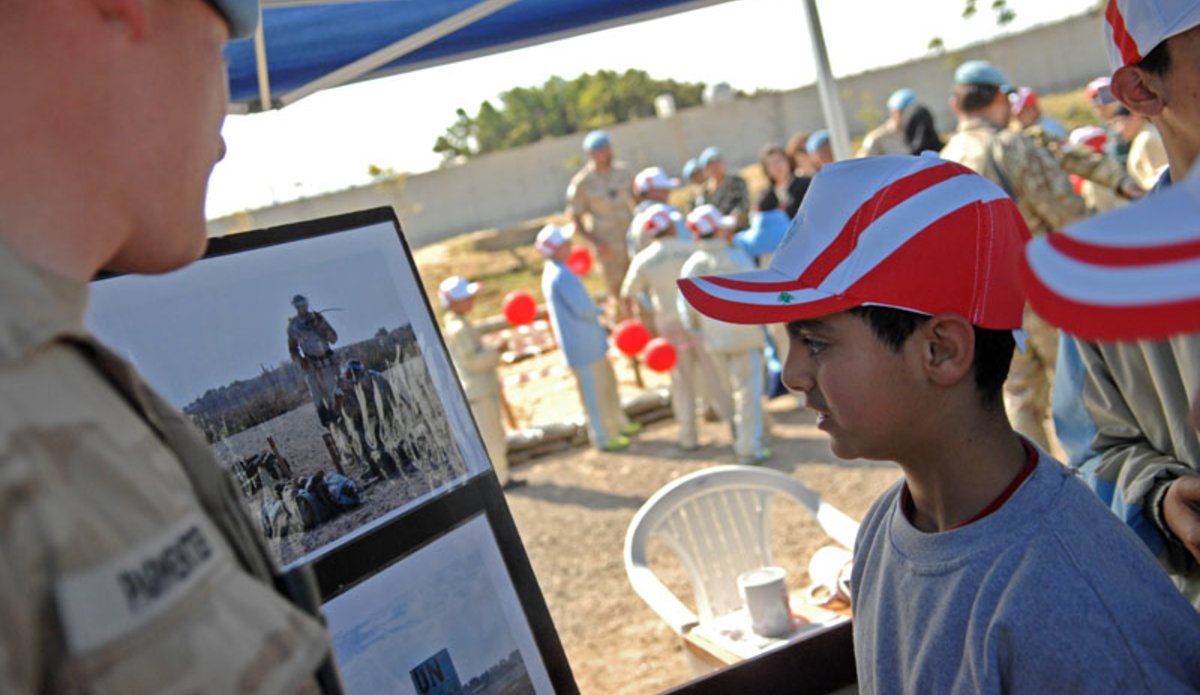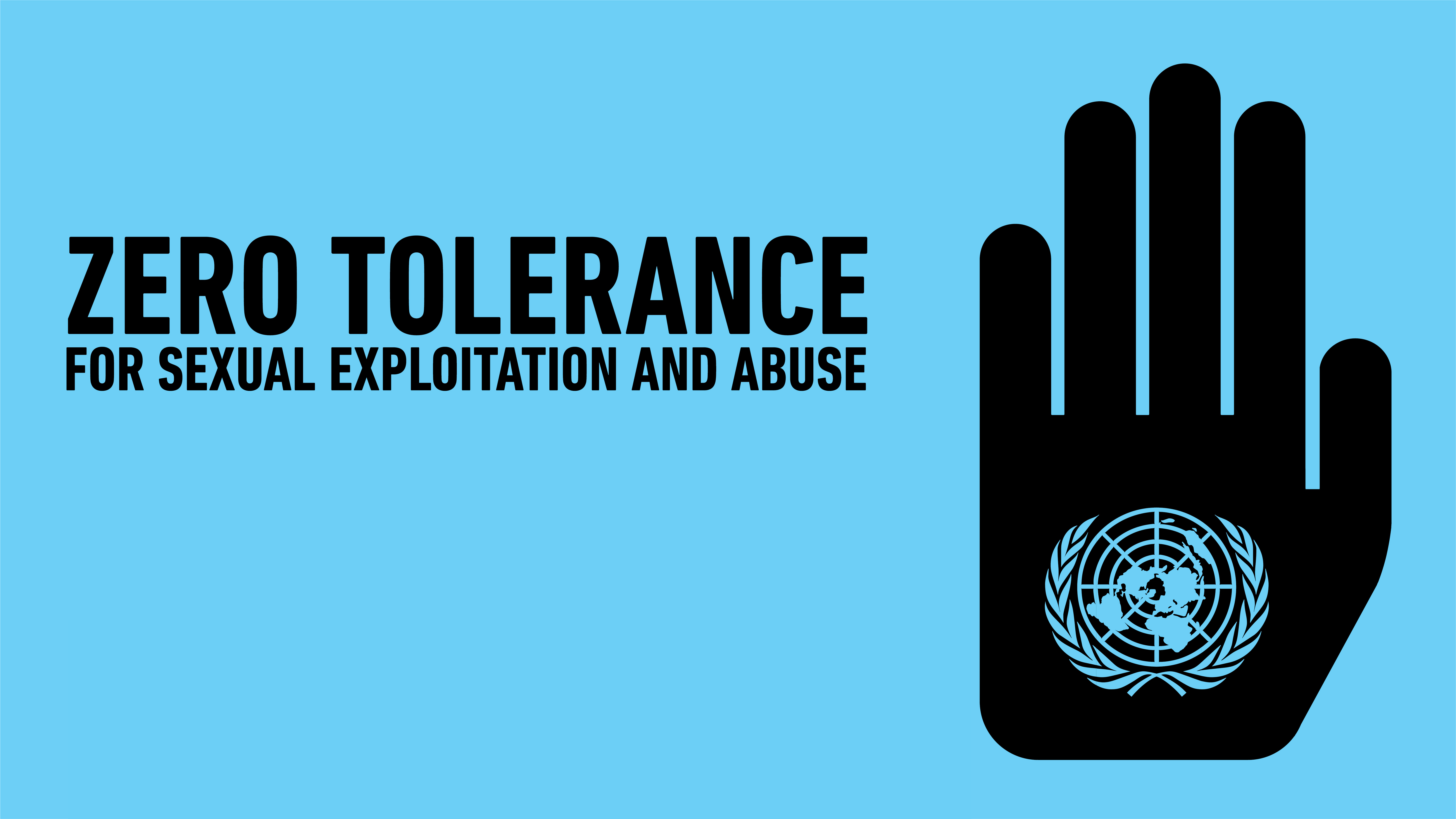Cluster bomb survivor spreads awareness
He was only seven years old and was playing in the field when he saw a ball and rushed to get it. That was in 1988, in Borghliyeh Village, in the middle of the war in South Lebanon. But the cluster bomb in disguise detonated as soon Hussein Ghandour touched it, blowing away his arm and leg. At the time, there was no one to warn the little boy about mines or unexploded ordnances and about their impact.
On 4 April, on the occasion of the International Day of Mine Awareness, Hussein was among the people who attended an event hosted by UNIFIL at its headquarters in Naqoura, as part of an initiative to spread awareness on mines and unexploded ordnances. Many of them also took part in a campaign organised by United Nations Mine Action Support Team (UNMAST) in close cooperation and coordination with UNIFIL demining teams and Civil Affairs.
International Mine Awareness Day was also observed in UNIFIL Sector West and Sector East where UNIFIL demining teams from several contingents showed the students what mines look like, how they are removed, how sniffer dogs find them and they also explained explosive ordnance disposal techniques. The children were strictly warned by the demining experts never to touch any suspicious objects and to report the finding of those items to their parents.
Ali Ghanem, a student who acted as a deminer on a mock minefield, shared his thoughts, saying: "I used the detector to search for mines hidden in the ground. Once the detector beeps it means there is a mine underneath and we start digging. I learnt that we should never touch any suspicious objects, but we should report to UNIFIL for removal."
Demining demonstrations were also staged for the children. Sniffer dogs trained by Sri Lankan peacekeepers found suspicious parcel bombs in a vehicle. French explosive ordnance disposal technicians had a remotely controlled robot remove the bomb from a vehicle and destroyed it to ensure safety during operations, and protect installations, personnel or materials. Another team member, wearing a protective suit, dismantled the remaining parts of the bomb.
UNMAST Chief, Mr. Leon Louw, emphasized that the key message for 2014 Mine Awareness Day is to promote the work of women in mine action, to draw attention to the victims and survivors of the Explosives Remnants of War (ERW) and teach the children about safety precautions.
"I suffered from the injury because at that time, Lebanon was not equipped to help people with special needs. Later, I enrolled in a rehabilitation programme, I went to school and resumed my normal life," Mr Hussein said. "Now, I play football, and I work on artificial limbs to assist those who were injured like me," he added.
"No matter how much you explain to a cluster bomb victim that he can resume his normal life, he will find it hard to believe unless someone who suffered like him told him so," Mr Hussein said. "This will give him hope for the future," he added.
He urged the children "to report any suspicious items similar to the objects they saw today and to refrain from approaching any area marked as a minefield, so as to avoid any accident similar to mine."
 UN
UN United Nations Peacekeeping
United Nations Peacekeeping
